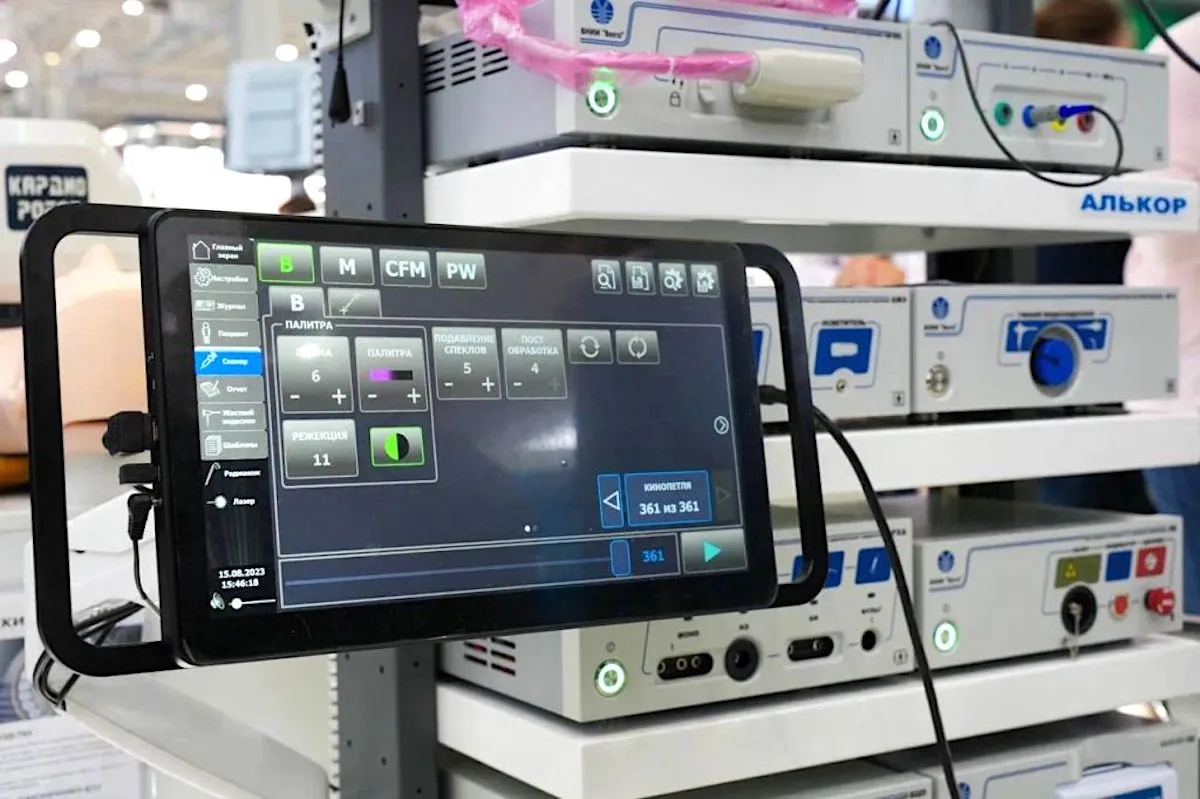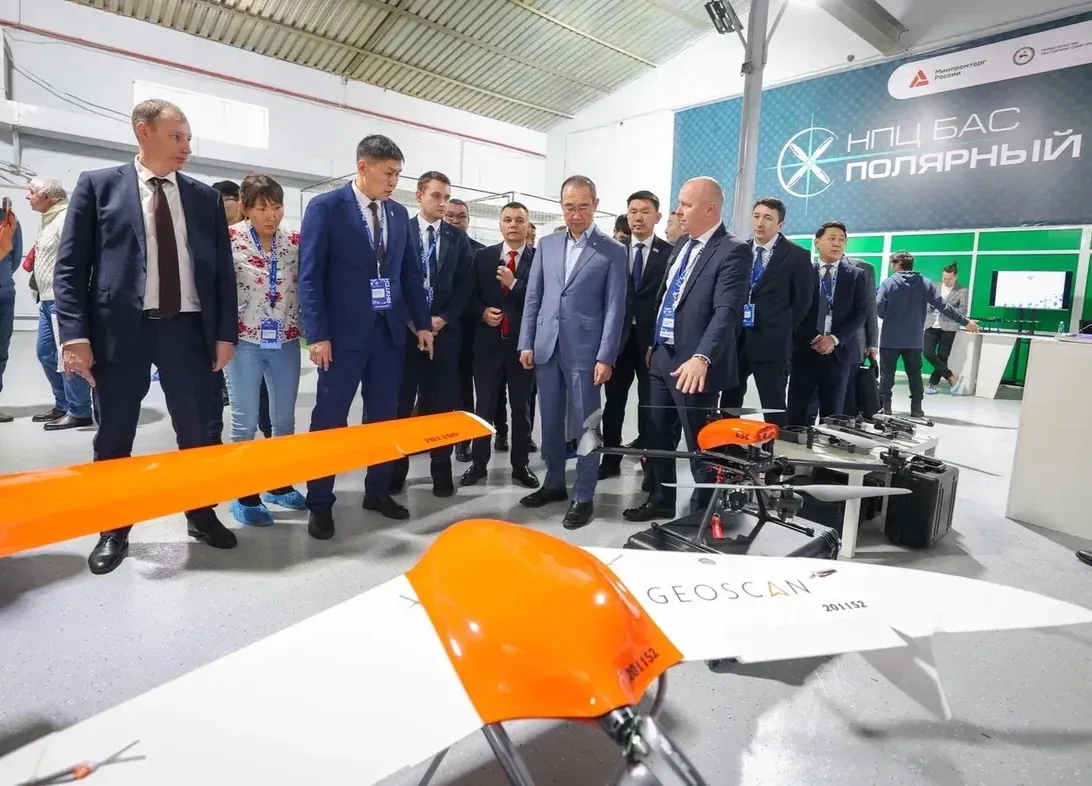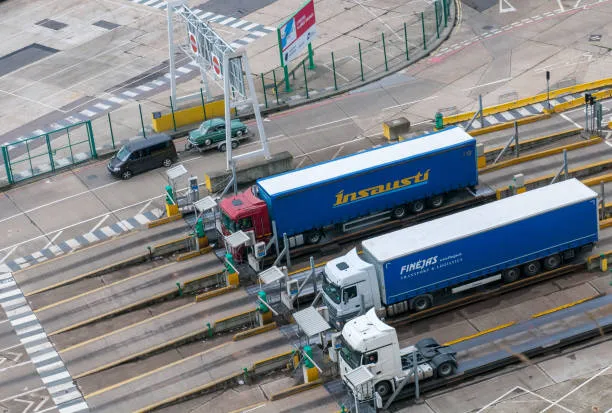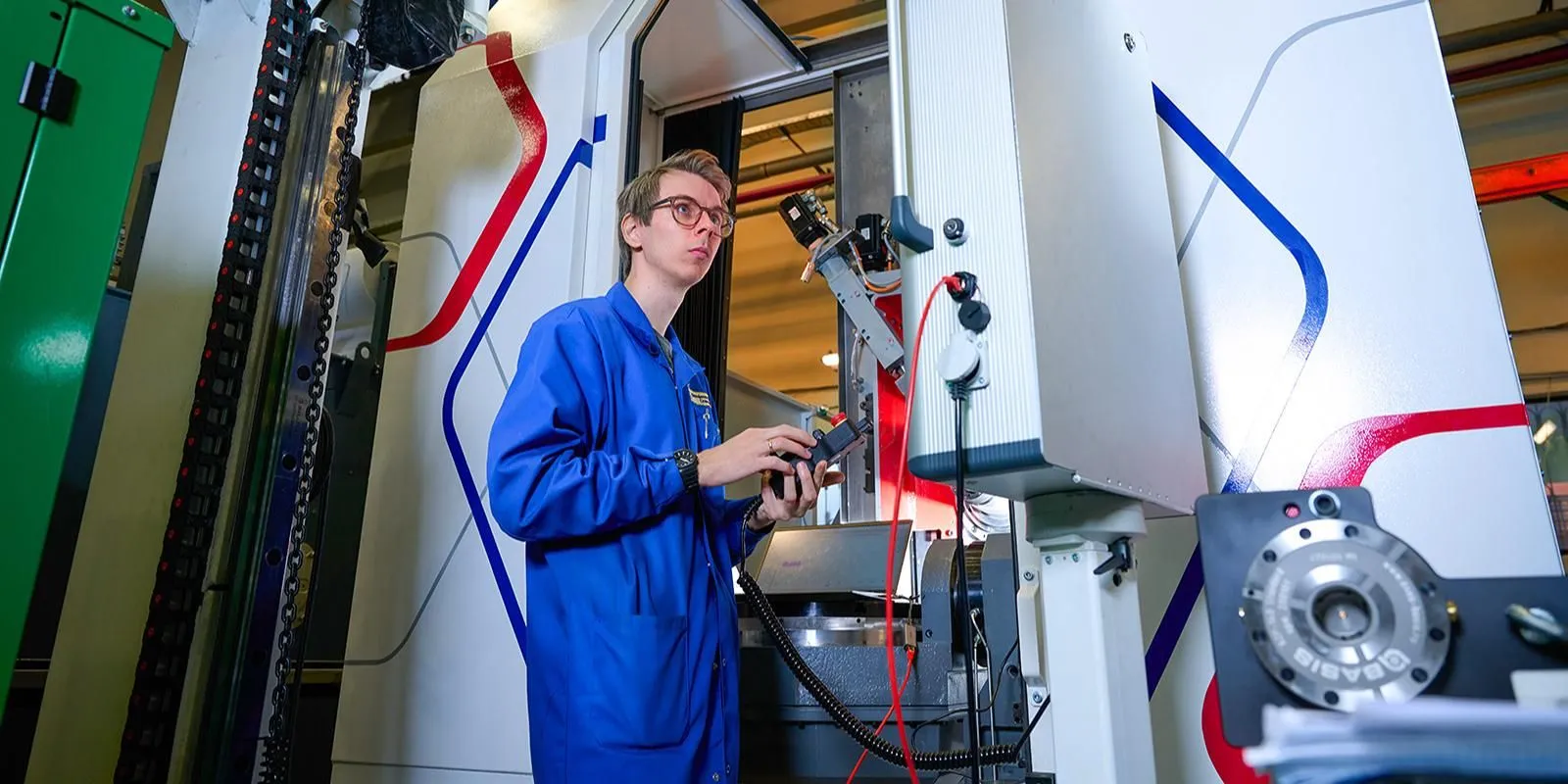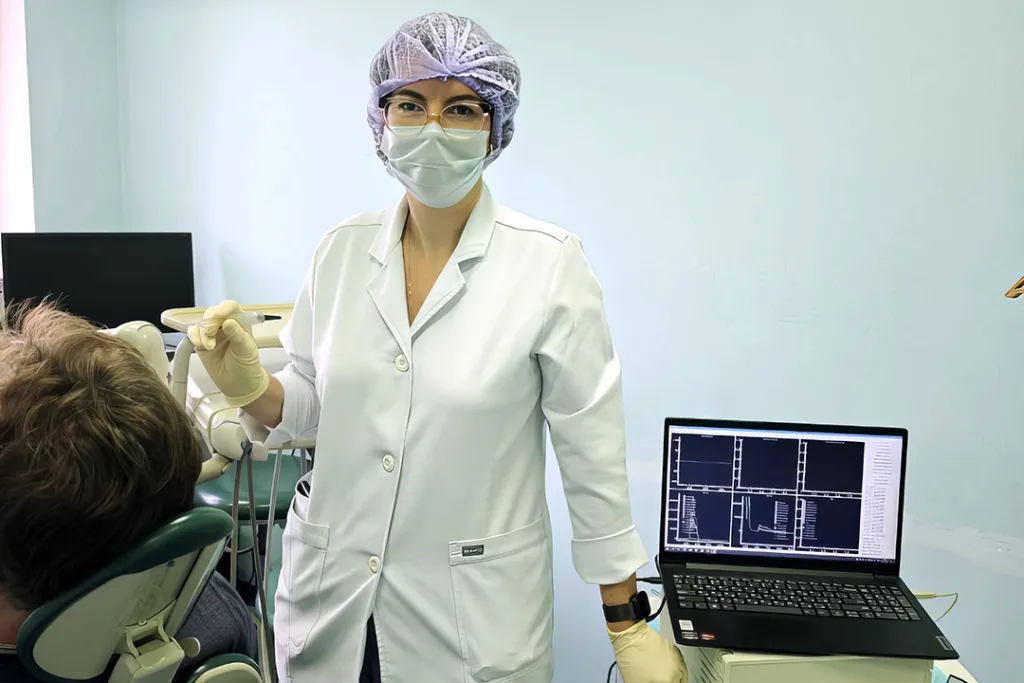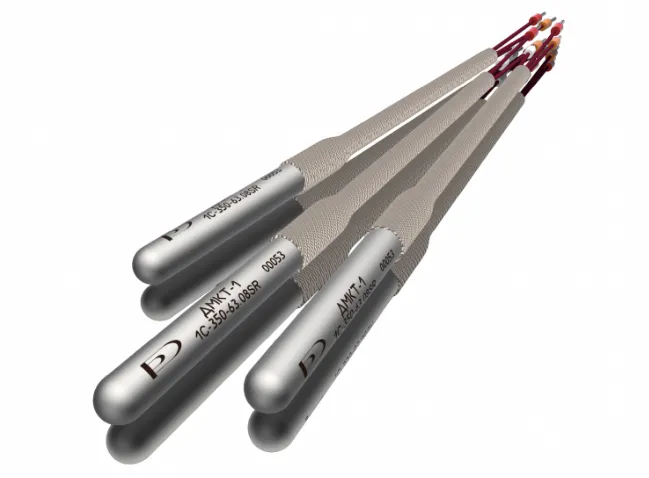“Smart” Trams Are Mapping Routes for Russia’s Driverless Fleet
Two lab-equipped trams in Moscow are building detailed route maps that will guide the city’s future autonomous public transport system.
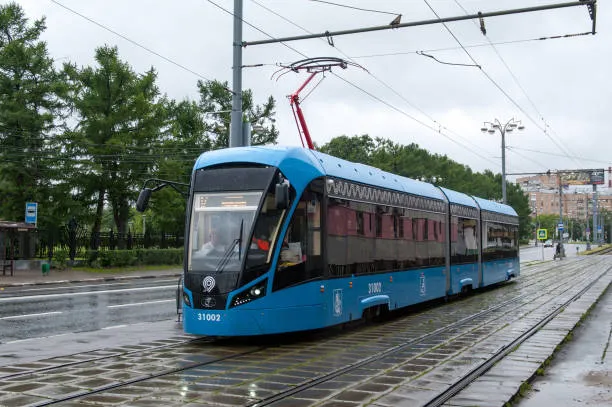
In Moscow, the push toward driverless trams has entered a new phase. According to Moscow Mayor Sergey Sobyanin, two specially equipped “laboratory trams” are now running through the city, collecting the data needed to create high-precision maps for autonomous navigation.
Rolling Research Labs
Each tram is outfitted with 360-degree LiDAR scanners capable of detecting objects up to 200 meters away with two-centimeter accuracy. Built-in radar systems help the trams orient themselves in bad weather and measure the speed of nearby vehicles, while cameras recognize obstacles ahead — from pedestrians and cars to animals and traffic lights.
The resulting digital maps combine LiDAR-based positioning data with vector layers containing detailed route information. These hybrid maps form the backbone of Moscow’s growing autonomous transit network.
The city already operates its first driverless tram, and under Moscow’s transport development strategy, about two-thirds of the city’s tram fleet will run autonomously by 2030. The initiative is part of a broader effort to make urban transport smarter, safer, and more efficient through AI-driven systems.




